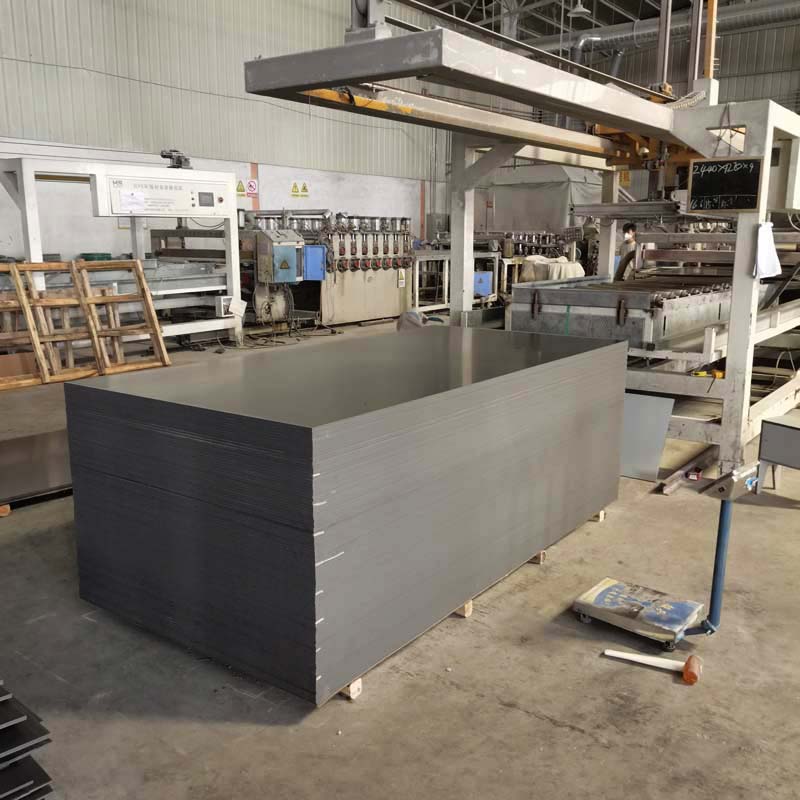Bamboo Laminate: The Sustainable Flooring Choice
In recent years, the demand for sustainable and eco-friendly products has drastically increased. People are becoming more conscious of their impact on the environment and are actively seeking alternatives to traditional products that are known to be harmful to the planet. One such alternative is bamboo laminate flooring, which has gained popularity due to its sustainability, durability, and aesthetic appeal.
Bamboo is a type of grass that grows rapidly and can be harvested in just a few years. This makes it an excellent renewable resource that is considered to be more sustainable than traditional wood flooring options. Additionally, bamboo has a high strength-to-weight ratio, making it incredibly durable and resistant to scratches, dents, and moisture.
Bamboo laminate flooring is created by compressing several layers of bamboo strips together, topped with a protective layer that gives it a glossy finish. This process creates a product that closely resembles traditional hardwood flooring, but with the added benefits of being eco-friendly and more cost-effective.
One of the major advantages of bamboo laminate flooring is its low maintenance. It can be easily cleaned with a damp cloth and does not require any special treatment or chemicals. It is also resistant to fading from sunlight, which is a common issue with other flooring options.
Another benefit of bamboo laminate flooring is its versatility. It comes in a variety of colors and patterns, allowing homeowners to choose a flooring option that matches their specific style and décor. Additionally, bamboo laminate flooring can be installed in any room of the house, including high-traffic areas like hallways and kitchens.

One concern that many people have about bamboo laminate flooring is its carbon footprint. While bamboo is considered to be a sustainable resource, the process of creating laminate flooring does require energy and resources. However, many manufacturers are taking steps to reduce their carbon footprint by using renewable energy sources and implementing sustainable practices in their production process.
In conclusion, bamboo laminate flooring is an excellent sustainable and eco-friendly flooring option that offers numerous benefits over traditional hardwood flooring. It is durable, low maintenance, versatile, and available in a variety of colors and patterns. While it may not be completely carbon neutral, many manufacturers are taking steps to reduce their carbon footprint and create a more sustainable product. For those looking for a sustainable flooring option that does not compromise on style or durability, bamboo laminate flooring is an excellent choice.
Previous: PVC Sheets Available Nearby: Find Your Nearest Supplier
Next: Shop for Wood Veneer Online: Enhance Your Decor with Quality Products

PVC partition board (wbt530)
PVC partition board, also known as foamed polyvinyl chloride board, has the characteristics of moisture resistance, heat preservation and corrosion resistance, light texture but high hardness, which is not easy to scratch and aging deformation. Since...

PVC foam board (wbt04)
1.product description PVC foam board is also called Chevron board or Andy board, its chemical composition is polyvinyl chloride, so it is also called foamed polyvinyl chloride board. It is widely used in passenger cars, train car roofs, box core laye...

PVC partition board (wbt560)
1. Introduction PVC partition board, also known as foamed polyvinyl chloride board, has the characteristics of moisture resistance, heat preservation and corrosion resistance, light texture but high hardness, which is not easy to scratch and aging de...

PVC partition board
1. Introduction PVC partition board, also known as foamed polyvinyl chloride board, has the characteristics of moisture resistance, heat preservation and corrosion resistance, light texture but high hardness, which is not easy to scratch and aging de...